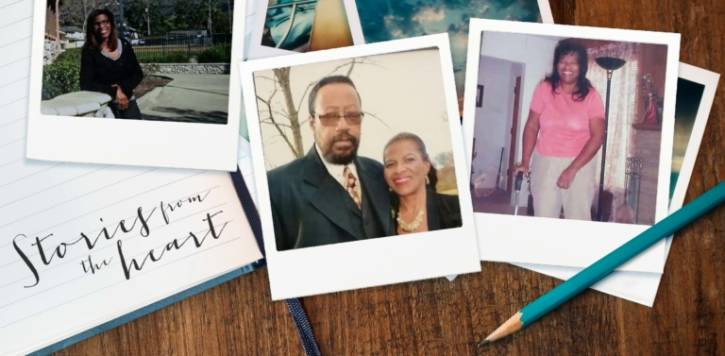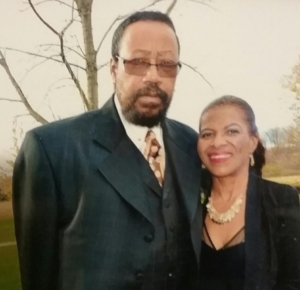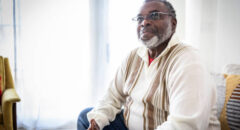
There is life after a stroke.
Wanda Walton and her family had just spent the afternoon in the Los Angeles area. She was driving home on the freeway when her left side went numb.
“She swerved the car … and then she did it again,” her daughter Brittany Walton recalled. “I remember my dad asking her, calling her name like, ‘what’s wrong?’ And my mom didn’t say anything back.”
Wanda tried to speak but nothing came out. Her then-husband coached her to pull the minivan over. He got behind the wheel.
Wanda then screamed as she suddenly had excruciating pain in the back of her head.
The Hospital Results
They raced to the hospital, where tests showed she was having a stroke. Doctors gave her the clot-busting drug tPA, short for tissue plasminogen activator.
Unbeknownst to Wanda, the headaches, dizziness, nausea, and blurred vision she’d had off and on in the weeks prior had been several transient ischemic attacks, or “mini-strokes.”
Hours after being admitted to the hospital, Wanda suffered a second, more severe stroke that paralyzed her left side.
“It just happened so quick. It’s just like I lost control,” Wanda, then 47, said of the stroke in October 2000. “I was on the phone, and the phone dropped.”
Life After Stroke: Pay Attention to Your Risks
The mother of two had been on high blood pressure medication for years and had recently started taking medication for high cholesterol. Her doctor had warned her to get her blood pressure and cholesterol down or she might have a stroke.
“My response was, ‘I’m not going to have a stroke. I’m too young to have a stroke. That’s for older people.’”
Wanda, whose grandfather and great-grandfather both died of strokes in their 50s, later discovered the role that family history can play in a person’s health.

She spent more than a month in an acute stroke rehabilitation facility, where she underwent extensive physical therapy and occupational and speech therapy.
She had to leave her demanding job to fully recover.
Wanda's Life After Stroke
Wanda never regained feeling in her left side, although some of her symptoms such as bouts of uncontrolled laughing, known as pseudobulbar affect, or PBA, went away.
It took two years for her to re-learn how to walk, and she is aided by an ankle-foot-orthotic leg brace and a cane. She still has short-term memory issues and tactile issues where she feels pins-and-needles sensation in the cold.
Now 64, she has served as a volunteer at a local hospital and church, wanting to be a role model to stroke survivors and their families.
“You can have a stroke, but the stroke does not have to have you. There is life after a stroke,” she said. “I believe the stroke had to occur for me to live out my purpose. Had it not been for the stroke, none of what is happening to me now would be happening.”
That includes finding her “happily ever after.” Wanda recently married a man she dated in high school and has moved back to Ohio.
“Even though you’ve had something tragic happen to you, it doesn’t mean your life is over,” she said, adding her faith in God contributed to her recovery. “It does take a lot of work and dedication, and it doesn’t stop.”
Story: American Heart Association News, Originally Published July 12, 2017









